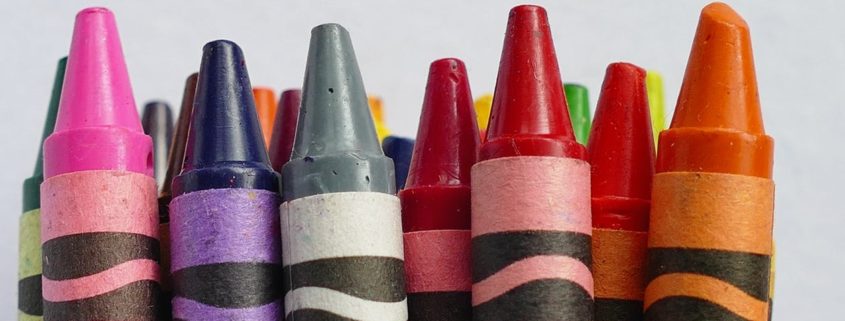Waxes in cosmetics - What are their uses ?
What are waxes?
Waxes are organic substances that have some specific mechanical and physical properties. They are used in sports, food technology, handicrafts and cosmetics[1].
What are waxes chemically, and what are their properties?
Wachse sind organische, also Kohlenstoffhaltige, unpolare Verbindungen, welche hauptsächlich aus Estern, Alkoholen und Amiden bestehen. Sie haben keine genau bestimmte Stoffgruppe, da viele verschiedene Mischungen und Verbindungen alle nötigen Eigenschaften aufweisen als Wachs zu zählen. Hierdurch kann keine Stoffgruppe, sondern nur einige mechanische und pysikalische Eigenschaften definiert werden. So, dass sie z.B. ab 20°C knetbar sind, ab 40°C schmelzen und eine leicht viskose Flüssigkeit bilden, bei leichtem Druck polierbar sind, eine grobe bis feine Kristallstruktur aufweisen und farblich durchsichtig oder opak sind. Es gibt ebenfalls natürliche und synthetische Wachse. Die Natürlichen werden in fossil und nicht fossil, sowie pflanzlich und tierisch, eingeteilt. Fossile Wachse wären z.B. Paraffine, tierische Wachse z.B. China und Bienenwachs, und pflanzliche Wachse z.B. Carnauba und Candelilawachs[2].
Where are they used?
Waxes are used in crafting candles, polishes and making (wax) figures. In food technology, they are natural release agents and serve as a coating for e.g. Chewing gum, but also for sealing e.g. Wine to keep this for a long time. In sports, for example, they are used during skiing to improve the gliding ability on snow[3].
Why are they used in cosmetics?
Waxes are used in cosmetics as bodying agents, e.g. Beeswax for firm, but somewhat softer wanted cosmetics, or candelila and carnauba for stronger products. They protect the skin from moisture loss, and form light films which, with hair, provide a light shine and a certain suppleness[4].
Sources:
Wikipedia[1][3]
INCI Description of waxes[2][4]




Leave a Reply
Want to join the discussion?Feel free to contribute!